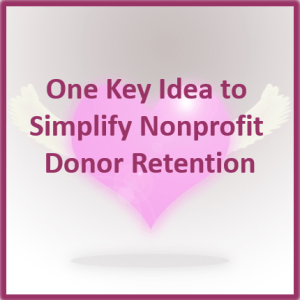THANKS(for)GIVING: 9 Mistakes Nonprofits Make Thanking Donors
Thanking donors is the one thing most nonprofits do not spend enough time thinking about. Too often I find that staff spend 95% of their time crafting their fundraising appeal and getting embroiled in project management — design, layout, printing, postage, etc. Finally, the letter (or e-appeal) is ready to launch. The mailing is dropped. The button is punched. And… voila! Gifts start to arrive! But then what?!
After you’ve sent out your appeal is too late to start thinking about what your thank you letter or email will say. Or who will sign it. Or whether someone who donates online will also receive an actual letter. Or thank you call. Or who will make the call. Everything must be well thought-out in advance. You must be ready to go, with different templates and strategies for different target audiences, well before you’ve asked for your first donation.
What would Miss Manners have to say about the way you too often focus more on the gift than on the giver? She would not be happy. Not happy at all. So, make a vow to remedy this situation before we kick into prime giving season.
Details







